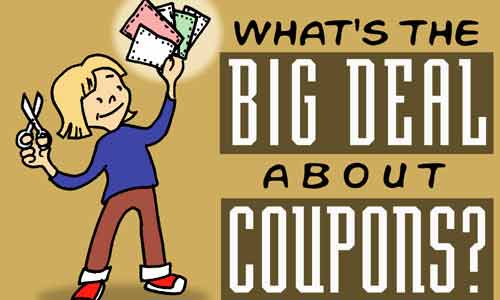
Any American can tell you that competition is key in a strained economy – for jobs, for the lowest prices, etc. The claws are out as people across the country go to extremes to make and save money. It’s not just the individuals who are competing, but the American businesses, as well.
Recently, competitive juices have been poisoning the ethics of the food industry. The issue of “food fraud” is on the rise as aggressive strategies turn to deceit. Food fraud is when food items are sold under false claims. A number of reputable publications including the Washington Post and Newsweek have explored the aggravation of the issue during the recession. An eye-opening article by Lyndsey Layton in the Washington Post highlights a few sneaky examples:
“The expensive ‘sheep’s milk’ cheese in a Manhattan market was really made from cow’s milk. And a jar of ‘Sturgeon caviar’ was, in fact, Mississippi paddlefish. Some honey makers dilute their honey with sugar beets or corn syrup, their competitors say, but still market it as 100 percent pure at a premium price.”

- (image courtesy of http://www.dreamstime.com/royalty-free-stock-photo-gourmet-food-collage-image3333785)
According to Helena Bottemiller of Food Safety News, Food scammers have tricked not only shoppers, and but also big distribution companies like Heinz USA. According to Brandon Glenn of Med City News, an estimated 5 to 7 percent of US food supply is involved in food fraud.
Fast-paced global trade and the growing demand for cheaper food have intensified the problem, and the FDA is feeling the heat as American urge them to crackdown on product labeling and authentification. This is where technology comes in: advanced DNA testing allows scientists to compare products to a database of samples to prove their legitimacy. Unfortunately, Newsweek reports, the FDA doesn’t have the resources to inspect the majority of the foods in the American supply. Looks like we as consumers have to stay on our toes.
So don’t let your bargain obsession impair your judgment – if that sweet deal for gourmet treats looks too good to be true, it probably is.

